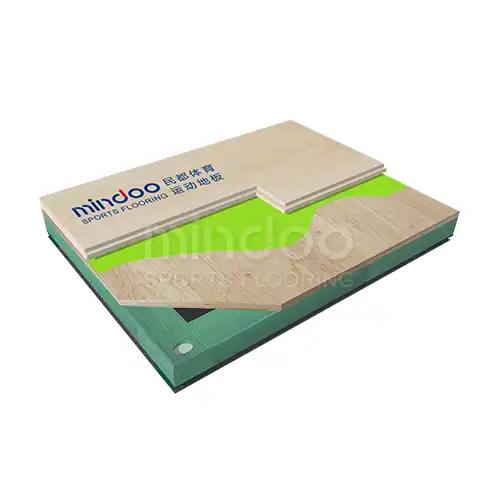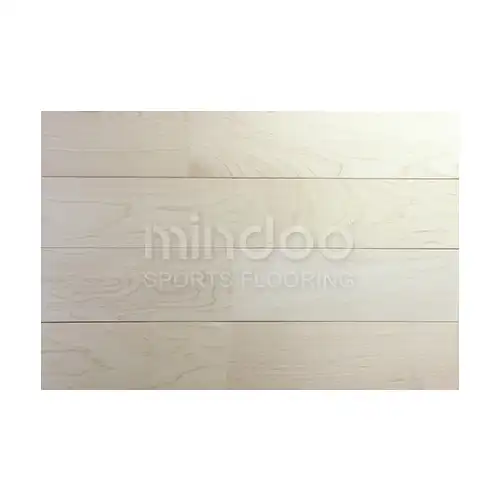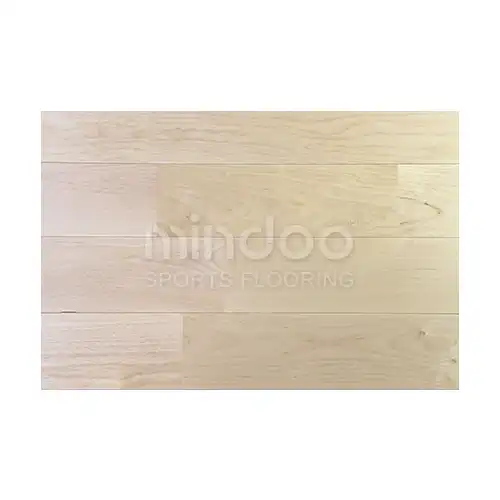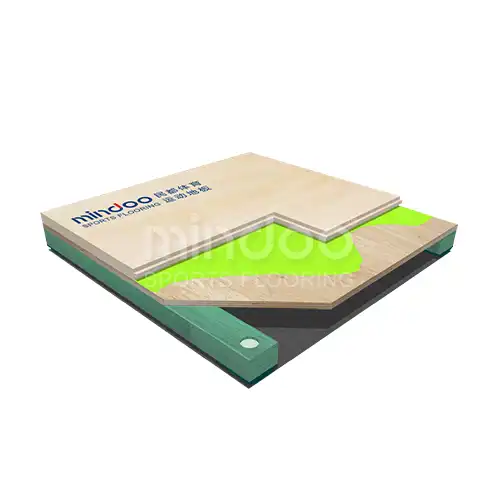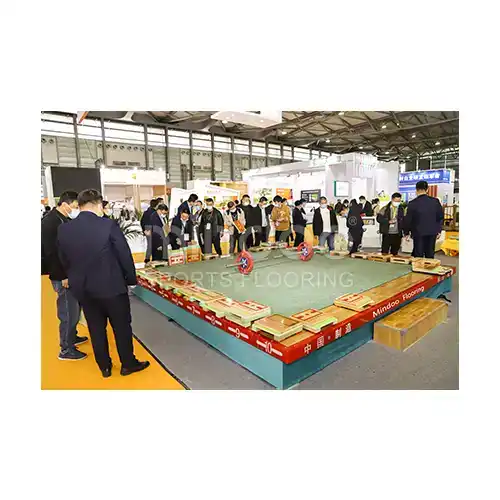How to Choose the Right Basketball Court Wood Flooring for Tropical, Rain-Prone Climates
When designing or renovating a basketball court in a tropical, rain-prone region, one of the most important decisions you'll face is selecting the right wood flooring. The high humidity, fluctuating temperatures, and frequent rainfall in such areas can impact both the durability and performance of wooden sports floors. Here’s a detailed guide to help you navigate the complexities of this choice and ensure your court stays functional, safe, and stylish for years to come.

1. Understand the Impact of Tropical Climates on Wood Flooring
Wood is an organic material, which means it naturally reacts to changes in its environment. In tropical regions, where the air is consistently humid and rainfall is frequent, the wood on your basketball court will expand and contract depending on moisture levels. This movement can lead to warping, gaps, and uneven surfaces—an issue that will not only impact gameplay but also increase maintenance costs over time.
To combat these issues, it’s crucial to choose a wood species and flooring system that can withstand high moisture levels and temperature fluctuations without compromising on quality.
2. Choose the Right Wood Species
In humid environments, the choice of wood species can make a world of difference. Some hardwoods are naturally more resilient to moisture than others. For instance:
Maple is a popular choice for indoor sports flooring worldwide because of its durability and smooth, even grain. However, in extremely humid conditions, it may be prone to expansion and contraction.
Oak (particularly red oak) is often more resilient in humid environments due to its dense grain and ability to handle moisture fluctuations better than softer species.
Birch is another option worth considering, as it’s known for its stability and strength. While not as commonly used as maple in sports flooring, birch offers a solid alternative in regions where moisture is a concern.
Sapele and Meranti are tropical hardwoods that naturally perform well in humid climates and can also bring a distinctive, aesthetic appeal to the court.
Choosing a wood with a naturally tighter grain structure or denser characteristics can help reduce the negative effects of moisture exposure.
3. Select the Right Flooring System
Beyond the type of wood itself, the flooring system is another critical factor in ensuring long-term performance in a tropical climate. Traditional solid wood planks can expand and contract with the weather, but engineered wood flooring systems offer better stability. These systems combine thin layers of wood veneer over plywood or other stable materials, which reduces the movement associated with moisture and temperature shifts.
Additionally, make sure that the flooring system includes an appropriate moisture barrier. Installing a vapor barrier beneath the wood flooring will help minimize the risk of moisture seepage from the concrete slab or subfloor, which is especially crucial in tropical environments where water levels can fluctuate.
4. Moisture Control: The Key to Longevity
In areas with high humidity, moisture control is non-negotiable. Even with the right wood species and flooring system, moisture can still find its way into the wood, leading to potential damage. To minimize moisture buildup:
Ensure proper ventilation: Good airflow around the court will help maintain the humidity balance in the room. Air conditioning and dehumidifiers can also help reduce moisture levels in enclosed spaces.
Regular maintenance: Wood floors in tropical regions need more frequent inspection and care. Ensure the floors are properly sealed to protect against moisture penetration, and clean them with products designed specifically for hardwood sports flooring.
Avoid direct contact with water: Keep the court surface dry and promptly clean up any spills or puddles. Water left standing on wood can lead to swelling, discoloration, and damage to the finish.
5. Consider the Finish and Coating
The finish and protective coatings you use on your wood flooring play a significant role in preserving the integrity of the wood. In high-humidity environments, a polyurethane finish or oil-based sealant will offer a durable, water-resistant barrier against moisture and humidity. However, it’s important to choose a finish that doesn’t compromise the court's traction or playing surface, as too much gloss can make the floor slippery.
Some specialized coatings are designed specifically for sports floors, offering extra protection against wear and tear while maintaining optimal performance for athletes. A matte or satin finish may also help with controlling glare, which can be an issue in bright, well-lit indoor courts.
6. Installation Considerations
Installation is a crucial step in ensuring the wood flooring’s longevity in tropical climates. Ideally, the wood should be acclimated to the local environment before installation—this means storing the wood in the court area for several days to allow it to adjust to the temperature and humidity levels. If this step is skipped, the wood could expand or contract dramatically once it’s laid, causing buckling or gaps.
Also, hire experienced installers who understand the nuances of working with wood in humid environments. Properly done, the installation will ensure that the wood floor remains stable and the performance of the court is not compromised.
7. Regular Monitoring and Adaptation
The nature of tropical climates means that conditions can change rapidly, which may impact your flooring over time. Regular inspections and adaptations are necessary to ensure the floor remains in optimal condition. This includes checking for signs of warping, discoloration, and ensuring that the moisture barrier is still intact. Regular refinishing may also be required to maintain a smooth, even surface that meets the performance needs of athletes.
Choosing the right basketball court wood flooring for tropical, rain-prone climates requires careful consideration of various factors, from wood species to installation techniques. By selecting durable materials, using the right moisture barriers, and maintaining the flooring properly, you can ensure that your court remains a safe, high-performance space for players. With the proper care, your hardwood flooring can withstand the challenges of tropical climates while providing the excellent playability and aesthetic appeal that basketball courts demand.
